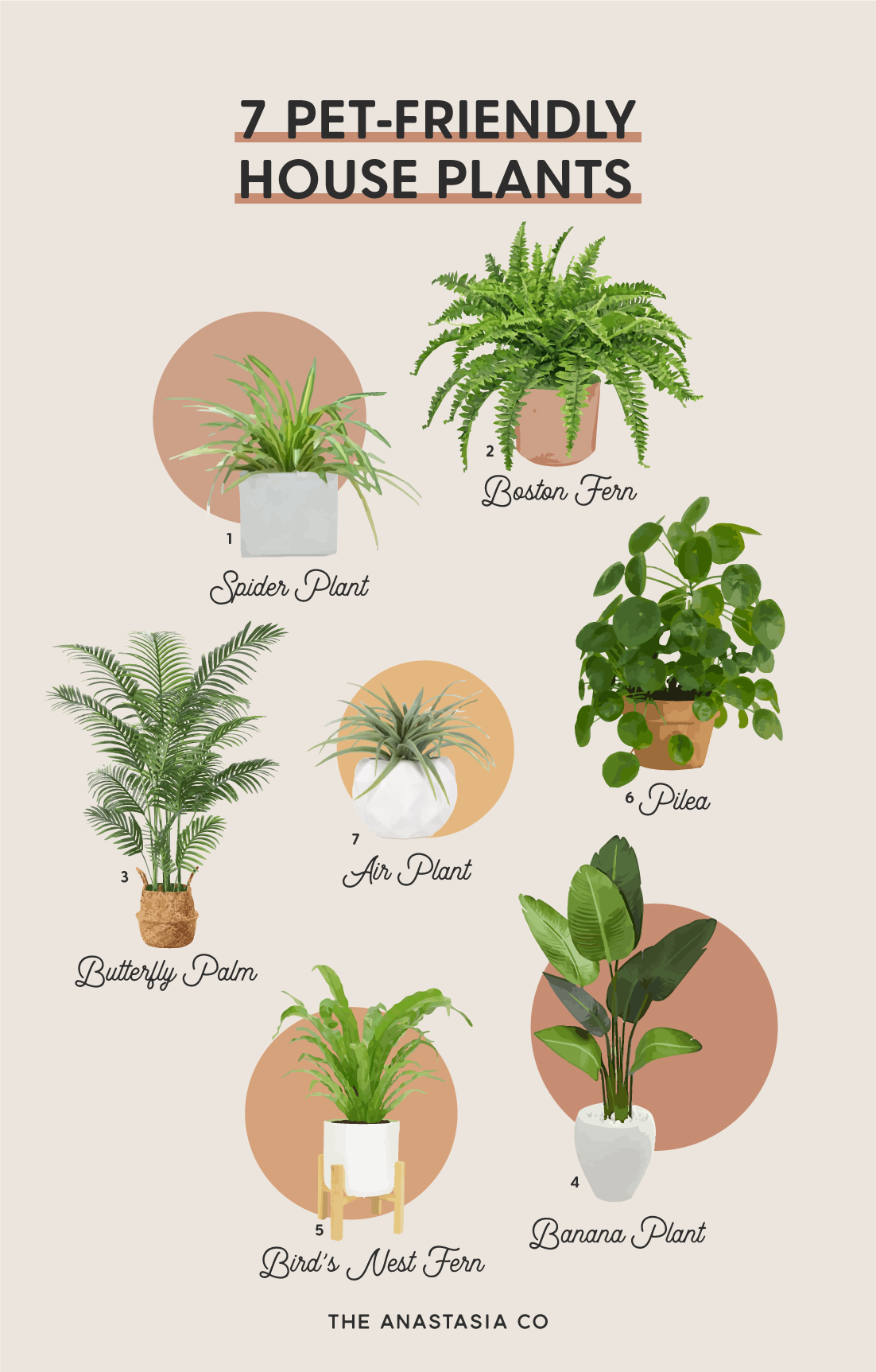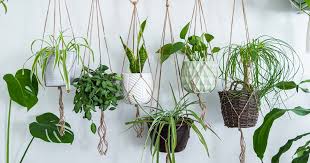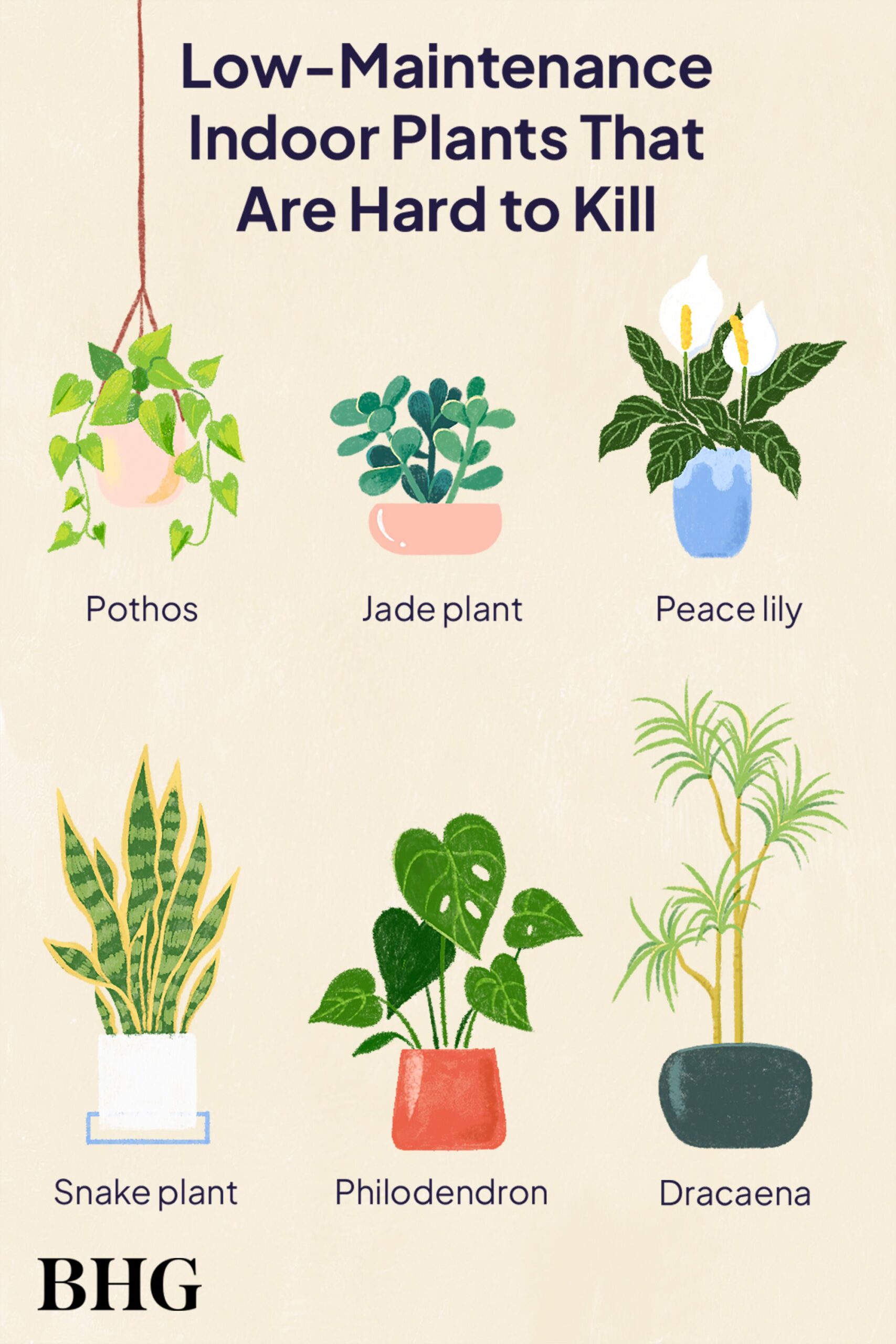How to Pick Pet-Friendly Houseplants
Bringing greenery into your home can bring life and fresh air into your space. However, if you have pets, it’s important to be cautious about the type of houseplants you choose. Some common houseplants are toxic to cats and dogs if ingested. To help you pick pet-friendly houseplants that will keep your furry friends safe, we’ve put together a guide to selecting the right plants for your home.
Research Pet-Safe Houseplants
Before purchasing any houseplants, do your research to find out which plants are safe for pets. Some popular pet-friendly houseplants include spider plants, bamboo palms, and orchids. These plants are non-toxic to cats and dogs and are a safe choice for pet owners. Make a list of pet-safe plants that you like to use as a reference when shopping for houseplants.
Check the ASPCA’s List of Toxic Plants
The American Society for the Prevention of Cruelty to Animals (ASPCA) has a comprehensive list of plants that are toxic to pets. Before buying any houseplants, check the ASPCA’s list to make sure the plants you’re considering are safe for your pets. This extra step can help prevent accidental poisoning and keep your furry friends healthy and happy.
Avoid Plants with Toxic Sap
Some houseplants have toxic sap that can cause skin irritation or other health problems if ingested. Be cautious when choosing plants with milky or sticky sap, such as poinsettias and rubber plants. To play it safe, opt for plants with non-toxic sap, like succulents and ferns, which are safe options for pet owners.
Place Plants Out of Reach
Even if you choose pet-friendly houseplants, it’s essential to place them out of reach of your pets. Cats and dogs are curious creatures and may still try to nibble on leaves or flowers. To prevent any accidents, place your plants on high shelves or in hanging planters where your pets can’t access them. This simple precaution can help keep your pets safe and your houseplants intact.
Monitor Your Pets’ Behavior
Keep an eye on your pets’ behavior after introducing new houseplants into your home. If you notice any signs of illness or unusual behavior, such as vomiting, lethargy, or diarrhea, it’s essential to contact your veterinarian immediately. Some plants may cause mild digestive upset in pets, so it’s crucial to act quickly if your furry friends show any symptoms of poisoning.
Consult with Your Vet
If you’re unsure about which houseplants are safe for your pets, consult with your veterinarian for advice. Your vet can recommend pet-friendly plants based on your specific pet’s needs and habits. They can also provide guidance on what to do if your pet ingests a toxic plant. Your vet is a valuable resource for keeping your pets safe and healthy in a plant-filled home.
Conclusion
With a little research and caution, you can enjoy the beauty of houseplants in your home without putting your pets at risk. By choosing pet-friendly plants, placing them out of reach, and monitoring your pets’ behavior, you can create a safe and lush environment for both your furry friends and your plants. Remember to consult with your vet if you have any concerns about the safety of specific houseplants. With these tips in mind, you can confidently select the perfect pet-friendly houseplants for your home.



